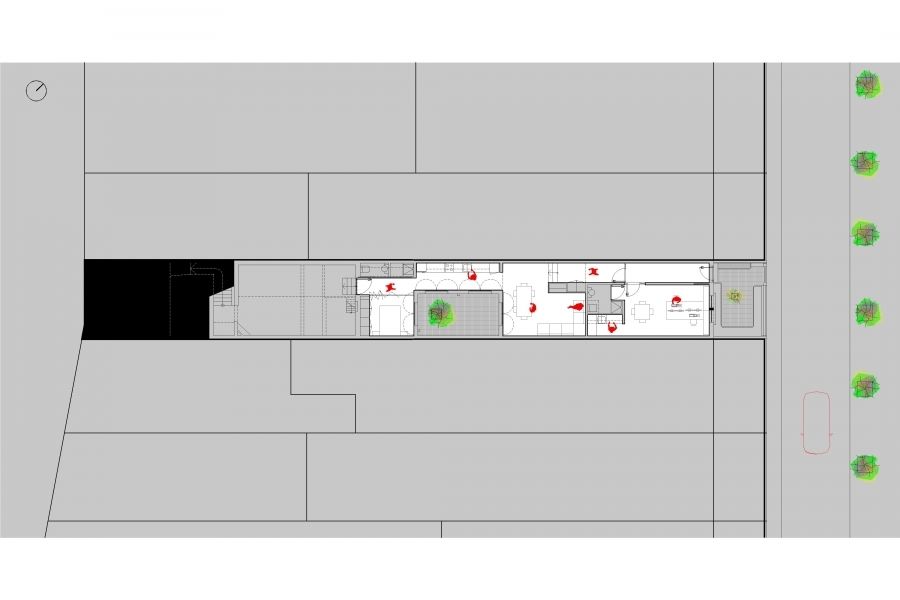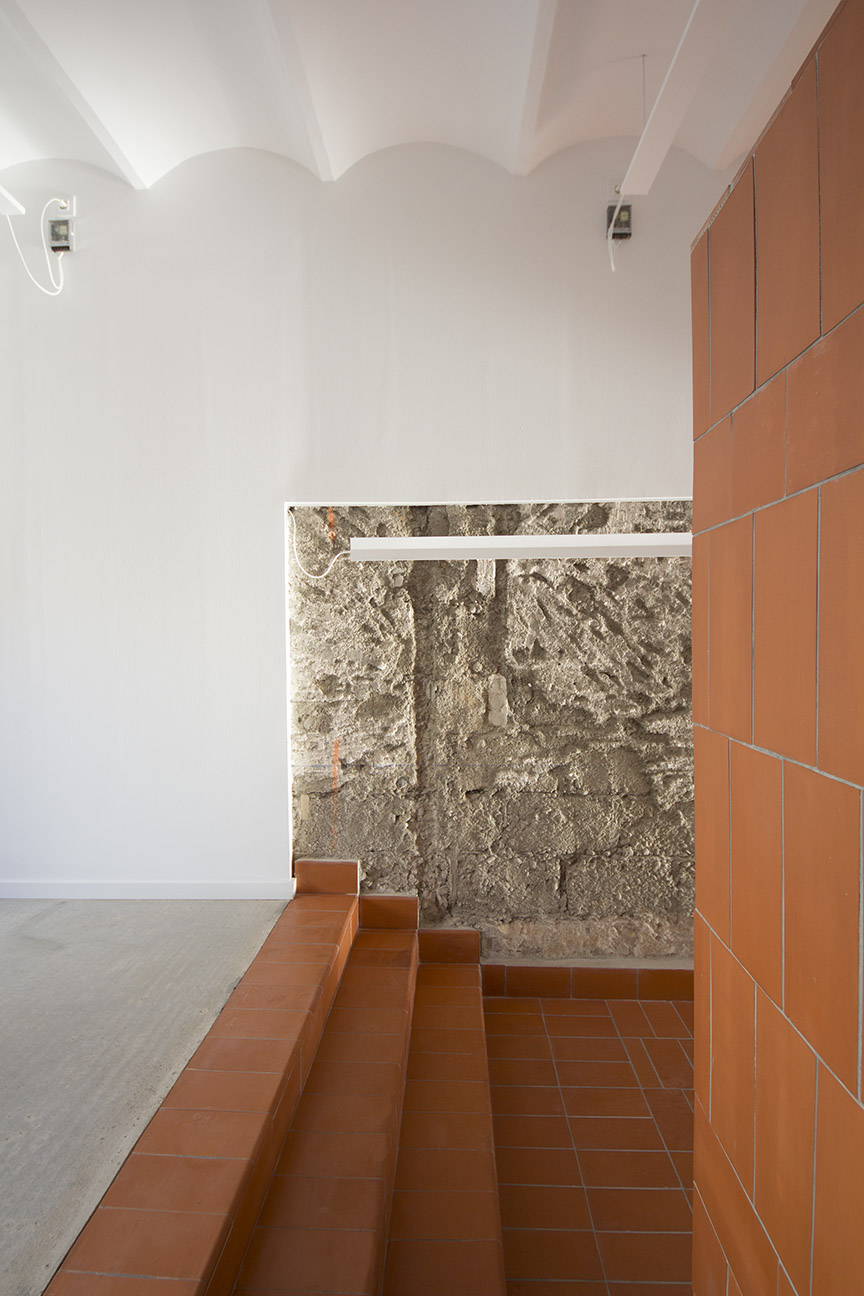PRE-EXISTENCES


The suburban fabric buildings are not part of either the fabric of the historic center of the city or the expansion. Normally in Barcelona and the peripheral towns this type of buildings were developed at the end of the 19th century or the beginning of the 20th century and are characterized by the fact that they appear taking advantage of the routes of entry or exit from the city since this allows the promoter of the work to take advantage of the streets already done.
Another reason why they were located in the communication arteries of the towns is that they had an economic activity associated with housing and it was interesting to have commercial visibility (many properties had a store on the ground floor below and above the housing area) It is very interesting how this gave rise to buildings such as “churos�, that is, very long plots with little façade. That is to say, they had little façade because all those who were located there competed to have more façade to the street; the street thus became the most valuable, while the rear space was worth less since it was basically the field. So the growth of these houses was always done backwards, towards the backyard.
This type of buildings were therefore elongated, and also usually grew disorderly and without planning. The house was expanded as the family grew and there was economic availability. The extensions left rooms without light, and as different volumes were added, the constructive resolutions between them were deficient, they generated many problems of dampness , from disconfort thermal , etc.
OBJECTIVES
The main objective of this project of renovation work is to solve the problems that have been well identified in the previous phase of preexistence analysis.
- The limited width of the building.
- The lack of natural light in the current construction.
- Construction problems
These problems will give us the following final objectives:
- Generate wide spaces in which the maximum width of the plot is perceived. The corridors will have little importance in the distribution, the spaces will be chained diagonally or in succession to the thread
- A large central patio will be incorporated, highly glazed, which will make it possible to bring light from the South to the interior of the house. Likewise, skylights will be built on the roof that provide indirect light to the spaces
- It will thermally insulate the floor, the roof and the new facades. The old wooden carpentry will be restored, the new will have adequate performance. Soils and roofs will be waterproofed .


MATERIALIZATION
The layout of the house
The house distributes the following functional program, an independent office at the entrance, a living-dining room and a kitchen, a bedroom.
The distribution is carried out by separating the office part of the house itself with two independent entrances and two bathrooms associated with each one. The office, logically, as it will have a character of customer service is located at the entrance. Once you enter the daytime part of the house, you enter a large room with a fully glazed patio in the central part that separates the living room from the dining room and the kitchen.

The existing unevenness in the old house is ordered so that stairs are generated in the appropriate sites: between the hall and the living room it allows the living room to visually dominate the hall. Between the bedroom and the living area. The stairs are always 3 steps and 45 cm uneven, and are separated by practically the same distance, providing a rhythm to the interior journey of the house.


In this reform, the patio is the central element of the house, there is a birch in front of the bedroom and an ivy on the wall. The roofs pour the waters over the patio with two large galvanized steel gargoyles. The patio separates the dining room from the living room on one side and the other, and leaves a very wide corridor that houses the kitchen. The patio is in the center because it is one more room.

Ceramic tiles of Catalan format 14 cm by 28 cm are used throughout the house, which contrast with the homogeneity and gray of the floated concrete. The rasillas, red in color, contrast like a carpet on the gray and are placed in a varied combination of rigging: herringbone, staggered, wire, etc.

The old exposed concrete provides an interesting texture while recalling part of the history of this house.
The house, self-built, made by former workers of the Cementos Molins cement company, who used cement remains to build their houses, allows us to see the large concrete blocks that were built in several uncovered walls. The concrete they made, however, was not of very good quality, and it had to be fixed with latex products since very little cement and a lot of sand were used.
















